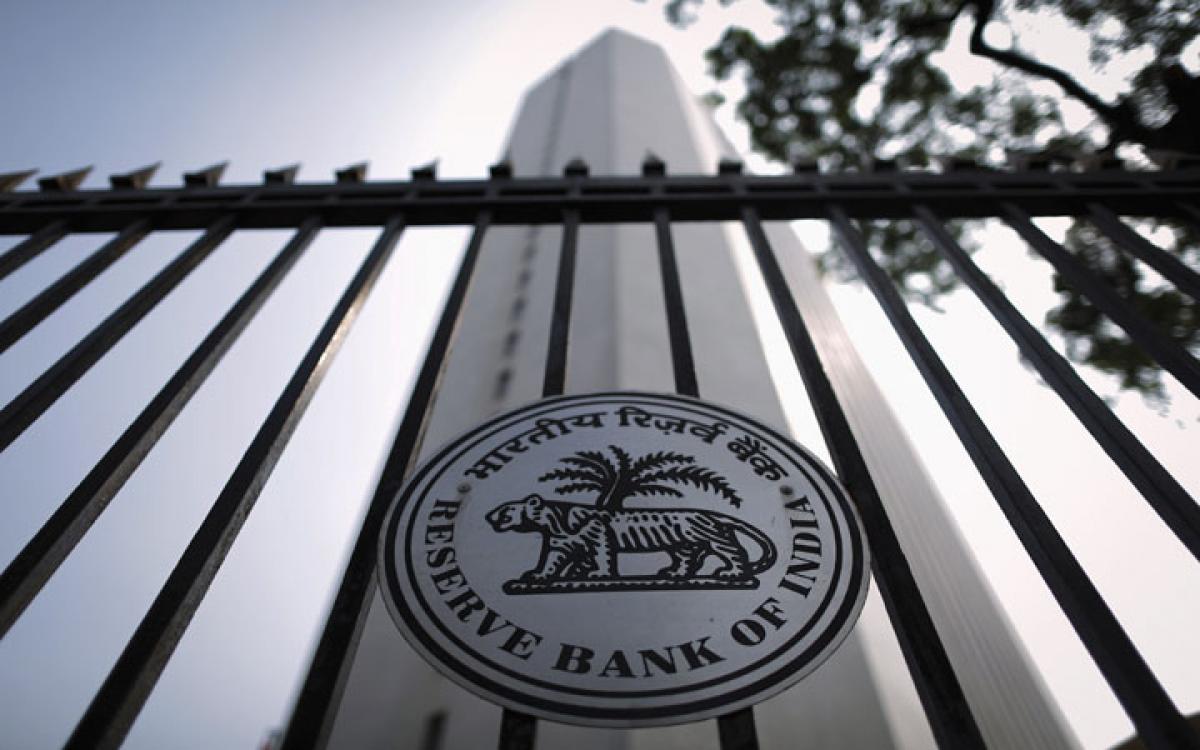RBI policy course hinges on economic revival

RBI is awaiting some more data on macroeconomic stability and support of structural policy initiatives expected from the Union Budget FY17. The macroeconomic prudence, fiscal consolidation and better pace to industrial growth will be some of the factors that will decide the future move. While this is so, the uptick in CPI inflation which reached 5.61 per cent in December 2015 is accentuating the c
RBI is awaiting some more data on macroeconomic stability and support of structural policy initiatives expected from the Union Budget FY17. The macroeconomic prudence, fiscal consolidation and better pace to industrial growth will be some of the factors that will decide the future move. While this is so, the uptick in CPI inflation which reached 5.61 per cent in December 2015 is accentuating the concern. Therefore, RBI has a daunting task of bringing retail inflation down to 5 per cent by March 2017.
Looking to the volatility in the financial markets and state of economy, markets have factored status quo in interest rates till signals of the robustness of the economy becomes more visible. Moreover, after its last policy review not much of transmission of interest rates have taken place in the banking system and new method of computing base rate will come into force from April 1, 2016.
Accordingly, in its sixth bi-monthly monetary policy review, as expected, RBI had kept benchmark repo rates, cash reserve ratio (CRR) and statutory liquidity ratio (SLR) intact. RBI is awaiting some more data on macroeconomic stability and support of structural policy initiatives expected from the Union Budget FY17. The macroeconomic prudence, fiscal consolidation and better pace to industrial growth will be some of the factors that will decide the future move.
While this is so, the uptick in CPI inflation which reached 5.61 per cent in December 2015 is accentuating the concern. Therefore, RBI has a daunting task of bringing retail inflation down to 5 per cent by March 17 as per the glide path that calls for more coordinated efforts to combine supply side dynamics. Moreover, the form in which the VII Central Pay Commission will be implemented will also decide its impact on the inflation. It will not only hit the exchequer but can spike fiscal profligacy. Hence, its implementation has to be calibrated in manner that its adverse impact is minimized.
External sector
With global economy still in a fluid state and market volatility looming large due to impact of China’s exchange rate management policy, more deft handling of forex market is needed. Corporates who have an external connect with past exposures and who have not fully hedged their exchange rate risk are set to lose putting further pressure on the asset quality of banks. Capital outflows from China triggered sell-offs across Asia and emerging market economies (EMEs) causing volatility in Indian capital markets.
The resultant flight of overseas funds led to drop in the level of forex reserves to $347.6 billion on January 22 from a level of $351.10 billion recorded on December 18. The sell off by FIIs since November 2015 had its impact on exchange rate of rupee that breached Rs 68 versus US$ (on January 20). However, on the liquidity front, RBI has been watchfully providing funds through regular liquidity windows to the banking system to stem unusual gyrations in money market rates. Thus, RBI is balancing exchange rate and liquidity to avoid instability in the market. Hence, compared to most BRICS nations, our currency has been relatively stable.
The economic outlook
On the domestic front, though economic activity lost momentum in Q3 of FY16, the outlook for GDP is kept unchanged at 7.4 per cent with a downside bias. Similarly, its outlook for FY17 is projected at 7.6 per cent. But the industrial outlook survey of RBI expects modest expansion likely in Q4 of FY16.
It is also noteworthy that Manufacturing Purchasing Managers’ Index (PMI) expanded to a four month high in January 2016. The lingering slowdown in industrial activity, weak investment demand with deceleration of capital goods production, continued large number of stalled projects and continuous decline in exports are some of the factors that need to be addressed with greater collaboration with the government.
Some of the supporting policy measures are expected to stem from Union Budget demystifying forward direction in driving fiscal prudence. Further, RBI is actively pitching in to create a favourable ecosystem that is conducive for growth of start-ups.
Banking sector dynamics
While banks are mired with the asset quality woes beset with guidance to clean-up their balance sheets latest by March 2017, the pressure on their profitability are set to exacerbate further due to higher provisioning needs.
The stressed assets of Public Sector Banks now in the range of 14.1 per cent are expected to inch up to 16 per cent when the cleanup operation ends. But for now, banks have to scout for ways and means to bring more transparency and enhance disclosure standards in treating their asset quality. The quarterly results of Q3 of some of the banks announced so far amply indicate that the process has well begun to debug and flush out contamination inherent in the portfolio.
But one of the positive features is the revival of demand for bank credit. The credit growth as on January 8, 2016 works out to 8.3 per cent during FY16 (so far) as against 6.1 per cent recorded during FY15 at this time. The incremental rise in credit off take is Rs 5,44,410 crore during FY16 as against Rs 3,68,370 crore in FY15 indicating the renewed rise.
This will bring some relief to the banking system to infuse fresh revenue stream which was clogged so far. Thus the combined actions of RBI, banks and government agencies can put the economy on a more robust revival path continuing its policy to rein in inflation and take measures of fiscal prudence forward.
The continuing confidence on the sustainability of economic and financial governance can send positive signals to the global investors and overseas community that can help India stand apart among the comity of its Asian counter parts.
Hence the monetary policy review of RBI has provided firm forward direction that RBI actions in further southward movement of interest rates will succeed after appropriate action by other strategic stakeholders.
( The author teaches at the National Institute of Bank Management (NIBM), Pune. The views are his own)

















